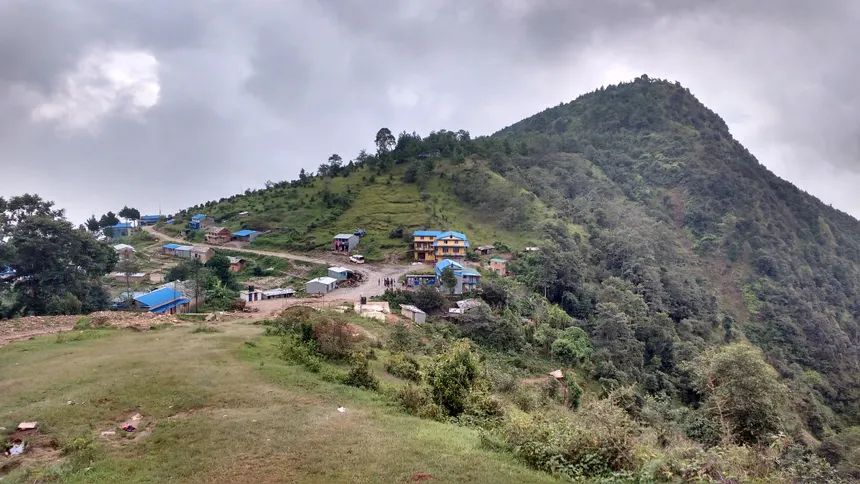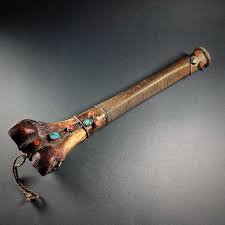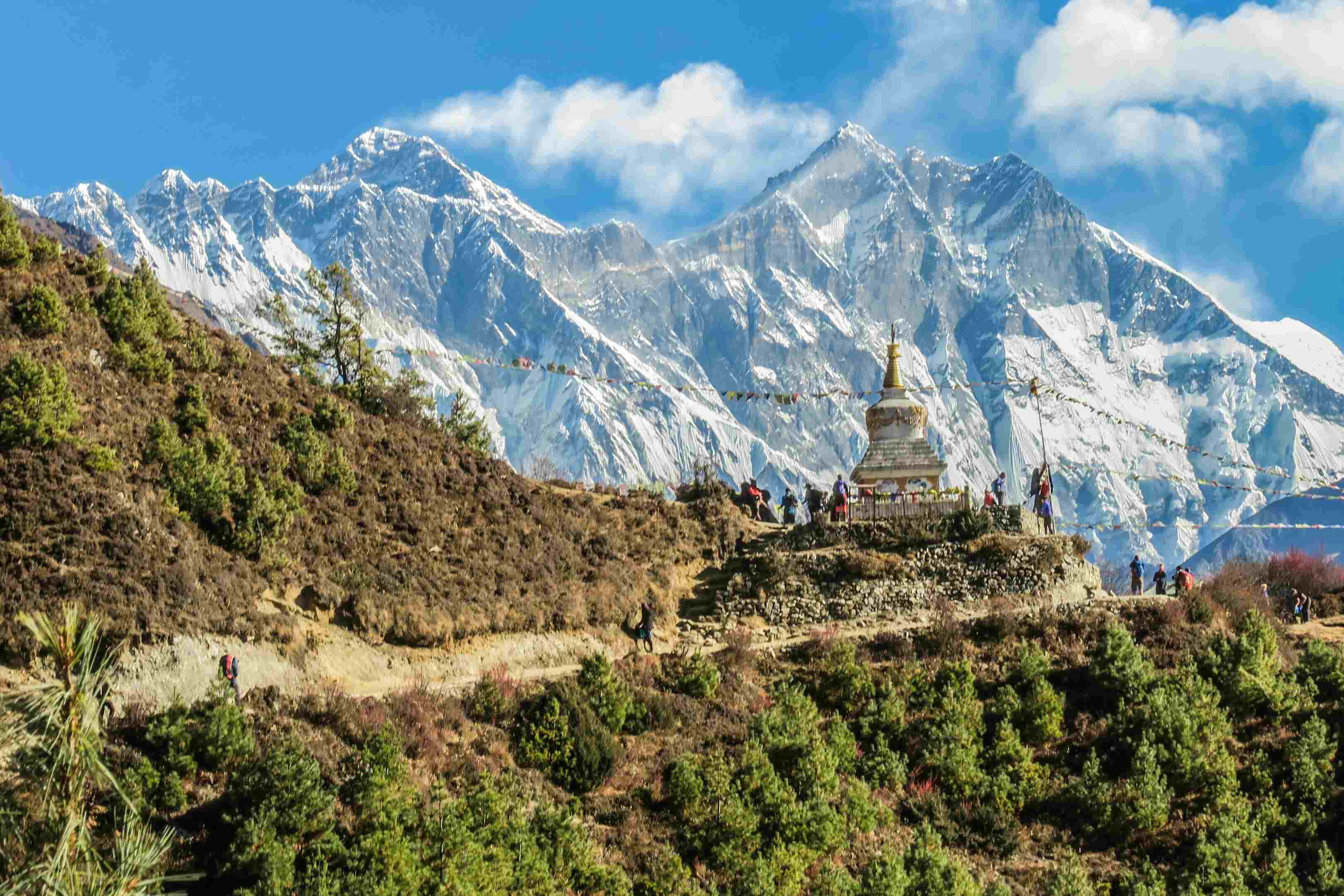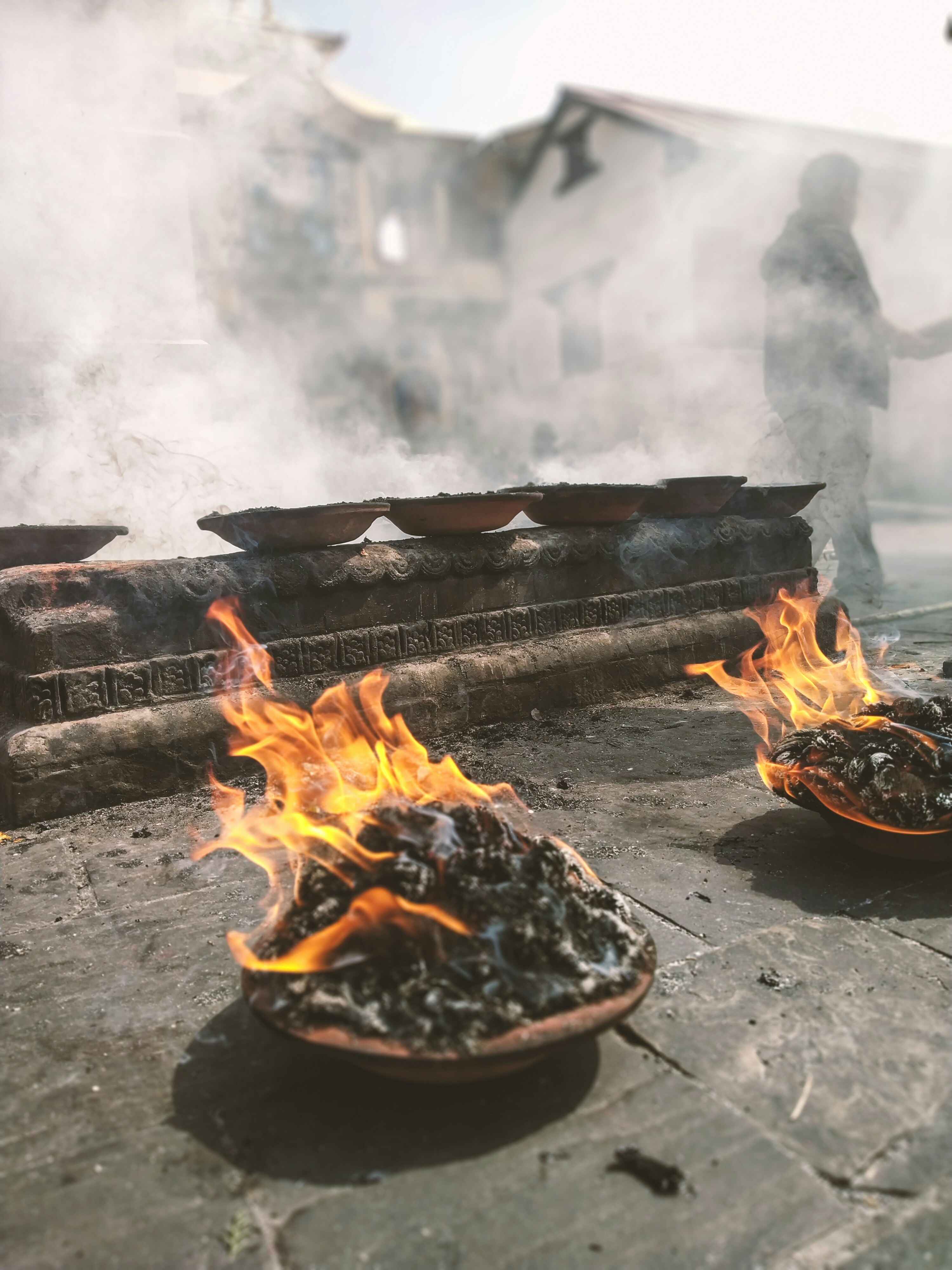Share this Article

Okhaldhunga is a district located in the eastern region of Nepal, renowned for its natural beauty and cultural significance. It is particularly notable as the birthplace of Siddhicharan Shrestha, one of Nepal's most celebrated poets. Shrestha is best known for his song "Mero Pyāro Okhalḍhungā" (My Dear Okhaldhunga), which expresses deep affection for the district and its people.The district is situated in the hilly terrain of the Sagarmatha Zone, bordered by the districts of Khotang, Solukhumbu, and Udayapur. Okhaldhunga is marked by its scenic landscapes, lush forests, and rolling hills, making it an area of great natural beauty. It has a rich cultural heritage, with a mix of ethnic groups such as Rai, Sherpa, and Brahmin communities residing here.
In terms of geography, Okhaldhunga is known for its rugged terrain and varying elevations, which range from lowland areas to steep mountain slopes. The district is also home to various rivers, waterfalls, and hiking trails that attract nature enthusiasts and trekkers.Okhaldhunga holds historical significance as well. Its strategic location and unique geological features contribute to its importance in both Nepali culture and history. The district’s connection to Siddhicharan Shrestha and his literary contributions further enhances its cultural prestige.
Today, Okhaldhunga remains a cherished part of Nepali heritage, both as a natural wonder and as a center of cultural pride, especially with the poetic legacy left by Shrestha.
Geography and Natural Features
Okhaldhunga is situated in the Himalayan foothills, and its terrain varies from flat plains to steep mountains. The district’s elevation ranges from about 300 meters to over 2,500 meters above sea level, making it home to a variety of climates and vegetation. The rivers Likhu and Sunkoshi flow through the district, contributing to the fertile valleys and agriculture. Okhaldhunga is also known for its lush forests, home to diverse wildlife, including various species of birds and mammals.
Ethnic Composition and Culture
The district is inhabited by a mix of ethnic groups, with the Rai, Sherpa, Brahmin, Chhetri, and Newar communities forming the majority. Each ethnic group has its own distinct language, customs, and traditions, contributing to the district’s rich cultural diversity. The people of Okhaldhunga are known for their hospitality, with festivals and traditional events such as Tihar, Dashain, and Maghe Sankranti being celebrated with enthusiasm across the district.
Economy and Development
The economy of Okhaldhunga is largely based on agriculture, with the main crops being rice, maize, millet, and vegetables. Livestock farming also plays a crucial role in the livelihoods of the people. In recent years, there has been an increase in the development of small-scale industries, including cottage industries such as handicrafts and woodwork.
The district faces challenges related to infrastructure, with road connectivity remaining an issue in some areas, though there have been improvements in recent years with the construction of roads linking remote villages to larger towns.
Tourism
Tourism in Okhaldhunga is gradually growing, with visitors attracted to its natural beauty, cultural sites, and trekking opportunities. The Siddhicharan Shrestha Memorial Park and the Okhaldhunga Himal (a mountain peak) are popular destinations. The district also offers trekking routes that lead through picturesque villages, terraced fields, and lush forests, making it an attractive destination for eco-tourism and cultural tourism.
Challenges
Despite its beauty, Okhaldhunga faces several challenges, such as limited access to education, healthcare, and infrastructure. Many villages in the district are still remote, making it difficult for people to access modern facilities. However, efforts are being made to improve these aspects through government initiatives and local development programs.
“The Symbolism of Okhal (Mortar) in Okhaldhunga :A Cultural and Historical Perspective”
The name "Okhaldhunga" is derived from the Nepali word "Okhal", which refers to a large traditional stone mortar used for grinding grains or spices. The term "Dhunga" means "stone." So, Okhaldhunga translates to "the place of the large stone or mortar."
As for the specific origin of the large stone (okhal) found in Okhaldhunga, it is likely a natural rock formation that gave rise to the area's name. The region is situated in a mountainous area of Nepal, where erosion, tectonic movements, and geological processes over millions of years have shaped unique rock formations. These rocks, often appearing like giant mortars or stones, are quite symbolic in the local culture, relating to daily life activities such as grinding grains and seeds in traditional ways.
It’s possible that such a large stone or a group of stones in the region may have resembled the traditional “okhal,” leading locals to associate the area with this name. The stone's appearance and significance in local life could have influenced the naming of the area as Okhaldhunga, which continues to be recognized today for its geological beauty and history.
Thus, while the exact origin of the large stone itself might not be thoroughly documented, its shape and significance as a natural rock formation have played an important cultural and geological role in the naming of the region. The traditional okhal (stone mortar) is still in use in Okhaldhunga and many other rural parts of Nepal, though its usage has decreased somewhat in modern times due to technological advancements. The okhal has long been an essential tool for grinding grains, especially rice, millet, and maize, and continues to hold cultural significance in rural households. In addition to its functional use in food preparation, the okhal symbolizes the traditional way of life and is an integral part of local heritage.
However, with the advent of modern grinding machines and the accessibility of electricity, the okhal has gradually been replaced by mechanized tools in many places. Still, it remains a symbol of rural life and is often found in homes, particularly in villages that maintain traditional practices. Additionally, during festivals and cultural events, the use of the okhal may still be a part of rituals or celebrations.
How Okhaldhunga Could Leverage the Okhal for Economic Growth
There are several ways that the traditional okhal, and the culture surrounding it, could help Okhaldhunga progress toward economic prosperity and increased prominence:
Cultural and Heritage Tourism
Promotion of Traditional Crafts: The okhal can be marketed as a symbol of the district's rich cultural heritage. By promoting the use of handcrafted okhals made from local stone, artisans could produce them as souvenirs or for export. This would boost the local economy through craftsmanship and tourism.
Cultural Heritage Sites: The district can develop eco-tourism and cultural tours that highlight the significance of the okhal in the local way of life. Tourists could visit villages to see the production and use of okhals and other traditional tools in daily life, offering an authentic experience of Nepali rural culture.
Local Handicrafts and Cottage Industry
Stone Craftsmanship: Local artisans could specialize in creating traditional stone tools, including okhals, for both local use and export. By preserving traditional techniques and combining them with modern designs, Okhaldhunga could create a niche market for high-quality handcrafted products.
Textiles and Weaving: Many rural communities still rely on traditional weaving methods to produce fabrics, carpets, and clothing. These products could be marketed as sustainable and eco-friendly, attracting both domestic and international customers interested in authentic, handmade goods.
Sustainable Agriculture and Food Production
Promoting Organic Farming: Okhaldhunga's agricultural industry could benefit from a focus on organic farming and the use of traditional tools like okhals for processing crops. By emphasizing the natural, hand-made aspect of local farming, Okhaldhunga could position itself as a region committed to sustainable agriculture, which is becoming increasingly popular worldwide.
Agricultural Tourism: Visitors could take part in hands-on agricultural experiences where they learn about traditional farming methods and the role of tools like the okhal. This could include workshops on how grains are ground using the okhal, or even cooking classes using locally grown produce, giving tourists a taste of authentic Nepali rural life.
Developing Educational and Cultural Programs
Educational Initiatives: Schools and local organizations could offer programs to teach younger generations about the cultural and historical significance of the okhal. This would help preserve the practice for future generations while giving students a deeper appreciation of their heritage.
Cultural Festivals: Okhaldhunga could host annual festivals or cultural events that celebrate local traditions, including the use of the okhal. Such events could attract visitors, boost local businesses, and provide a platform for artisans and food producers to showcase their work.
Utilizing Modern Technology to Enhance Traditional Practices
Combining Tradition with Innovation: While the okhal itself is a traditional tool, there’s potential to create innovative products that combine the old and new. For example, the okhal can be marketed as a symbol of eco-friendliness and sustainability, especially in a world that increasingly values natural, hand-made goods. A modern version of the okhal—perhaps a stylish, functional version—could appeal to younger generations and eco-conscious consumers.
Local Branding and Marketing: By branding Okhaldhunga as a region focused on eco-tourism and cultural preservation, local producers could promote not just the okhal but also the district’s other products, such as organic grains, handicrafts, and fresh produce. Leveraging modern marketing channels, such as social media, could help build a broader market for these products.
The okhal, as both a functional tool and a cultural symbol, can help Okhaldhunga reach new economic heights. By integrating cultural heritage, eco-tourism, sustainable agriculture, and local craftsmanship, the district can build a unique identity and attract interest from both domestic and international markets. The key lies in balancing the preservation of traditions with innovation and modern development.
Overall, Okhaldhunga is a district rich in natural resources, culture, and history. It continues to preserve its traditional way of life while moving forward with development in various sectors. The district’s cultural and literary legacy, particularly the impact of Siddhicharan Shrestha’s works, remains a point of pride for its people and Nepal as a whole. With its beautiful landscapes and vibrant communities, Okhaldhunga offers a unique glimpse into the heart of rural Nepal.
Categories:
Education
Tags:
VisitOkhaldhunga
,
UntappedNepal
,
UndiscoveredNepal
,
OkhaldhungaDiaries







